What Are Exoskeletons? How They Work and the Benefits for Companies and Workers.
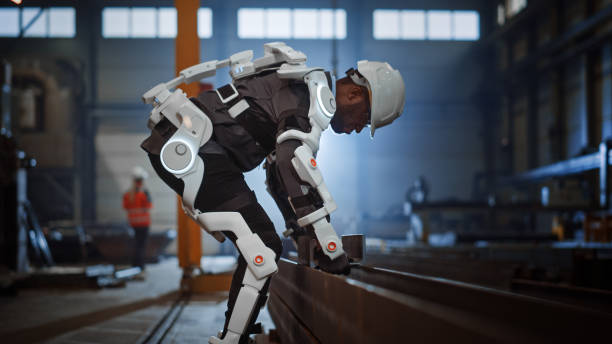
Exoskeletons are wearable devices designed to enhance human limitations and reduce physical strain during repetitive or demanding tasks. These systems combine advanced engineering and technology to prevent injuries and improve workers' well-being.
Cada vez mais utilizados em vários contextos, os exoesqueletos são soluções inovadoras eficazes para desafios de produtividade e segurança no trabalho.
Neste artigo, exploramos os tipos de exoesqueletos, os seus benefícios e como podem transformar as condições laborais.
What Are Exoskeletons? How They Work and the Benefits for Companies and Workers.
Exoskeletons are generally divided into two main categories: Active Exoskeletons and Passive Exoskeletons. Understand the Differences and Applications of Each Type
Active or Motorized Exoskeletons
Active exoskeletons are motorized structures powered by batteries or cells and use electric, pneumatic, hydraulic, or other types of motorized actuators. Their main function is to provide powered support and assistance to the user's movements, reducing physical strain and improving performance in demanding tasks.
These devices are classified into two main categories:
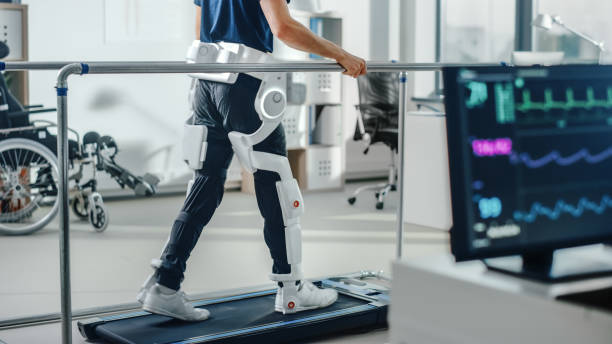
• Active Assistive Exoskeletons: Designed to relieve muscle strain and reduce the risk of injuries, they are commonly used in medical rehabilitation, physical therapy, and ergonomic support in the workplace. These exoskeletons help reduce the amount of force required to perform repetitive tasks or lift objects.
• Active Augmentation Exoskeletons: Developed to significantly increase the user's strength and endurance, they enable the lifting of heavy loads or walking long distances with less fatigue. These systems are more complex and are generally used in military settings or heavy industrial environments.
Unlike passive exoskeletons, active ones provide dynamic support through motorized components that respond to the user's movements. They can be manually controlled or connected to automated systems to enhance precision and performance.
Passive Exoskeletons
Passive exoskeletons use mechanical mechanisms, such as springs and lever systems, to distribute weight and relieve muscle strain, without the need for batteries or motors. They are ideal for improving posture, correcting movement, and reducing fatigue during repetitive or prolonged activities.
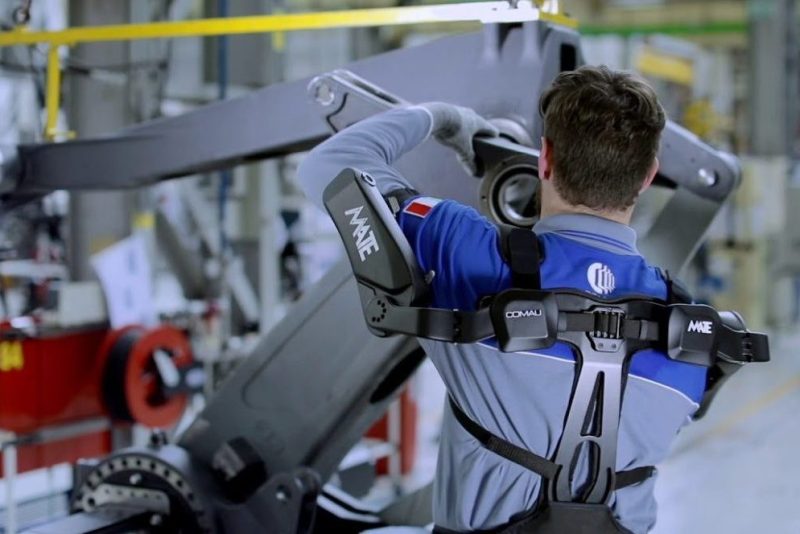
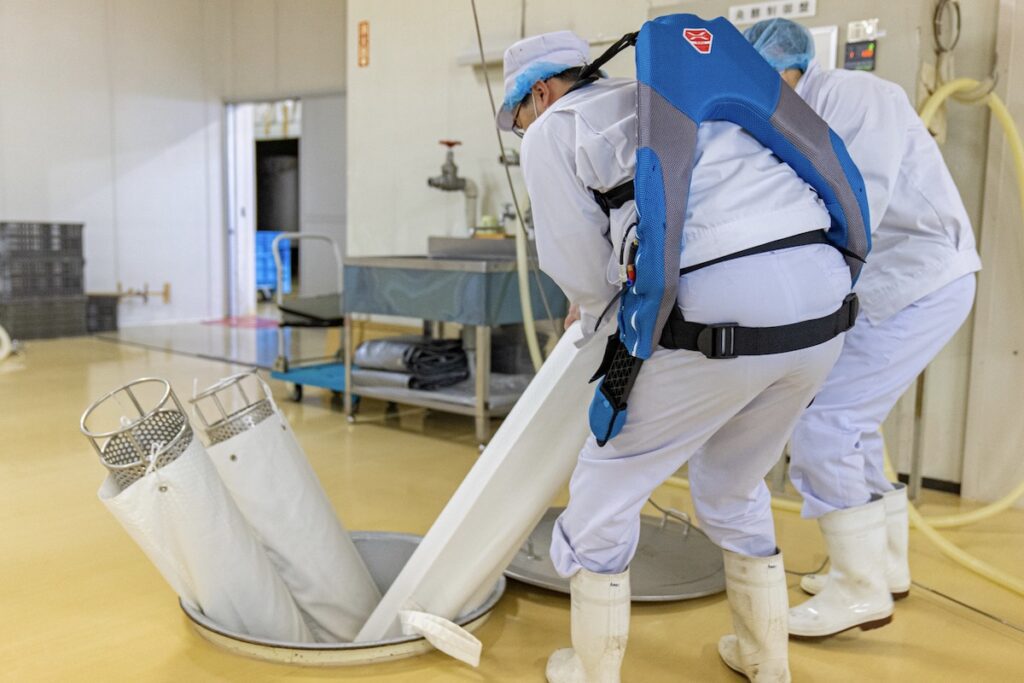
What Are the Advantages of Using Exoskeletons?
The benefits of exoskeletons vary depending on the type and application, but they offer clear advantages for both workers and companies.
For the User/Worker:
- Improve ergonomics and posture
- Prevent musculoskeletal disorders (MSDs)
- Reduce fatigue and risk of injuries
For Companies:
- Increase productivity and accuracy
- Reduce the number of medical leaves
- Offer better working conditions and help retain talent
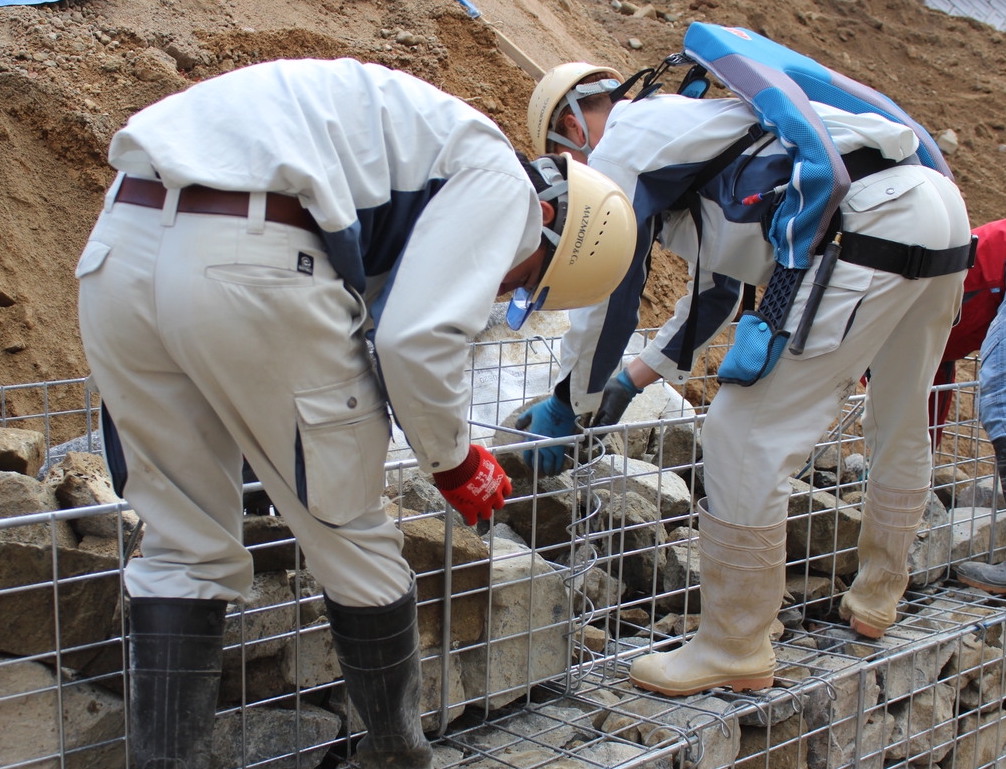
Exoskeletons as a Smart Investment
In Portugal, the average cost of a worker earning minimum wage is around 1.130€ per month (including social charges and insurance). With the growing difficulty in hiring and retaining qualified employees, preventing injuries and medical leaves has become a top priority. Investing in exoskeletons reduces costs associated with training new workers and improves operational continuity, resulting in greater efficiency and profitability. Perguntar ao ChatGPT
Exoskeletons represent a revolutionary shift in the workplace. With modern technologies that prevent injuries and enhance comfort, companies can create safer and more productive environments. Consider implementing these solutions to elevate your team's performance.
Want to learn more about how exoskeletons can benefit your company? Get in touch with iDR and schedule a demonstration!
Let's turn your ideas into reality?
Fill out the form and take the first step into the future with iDR®!
